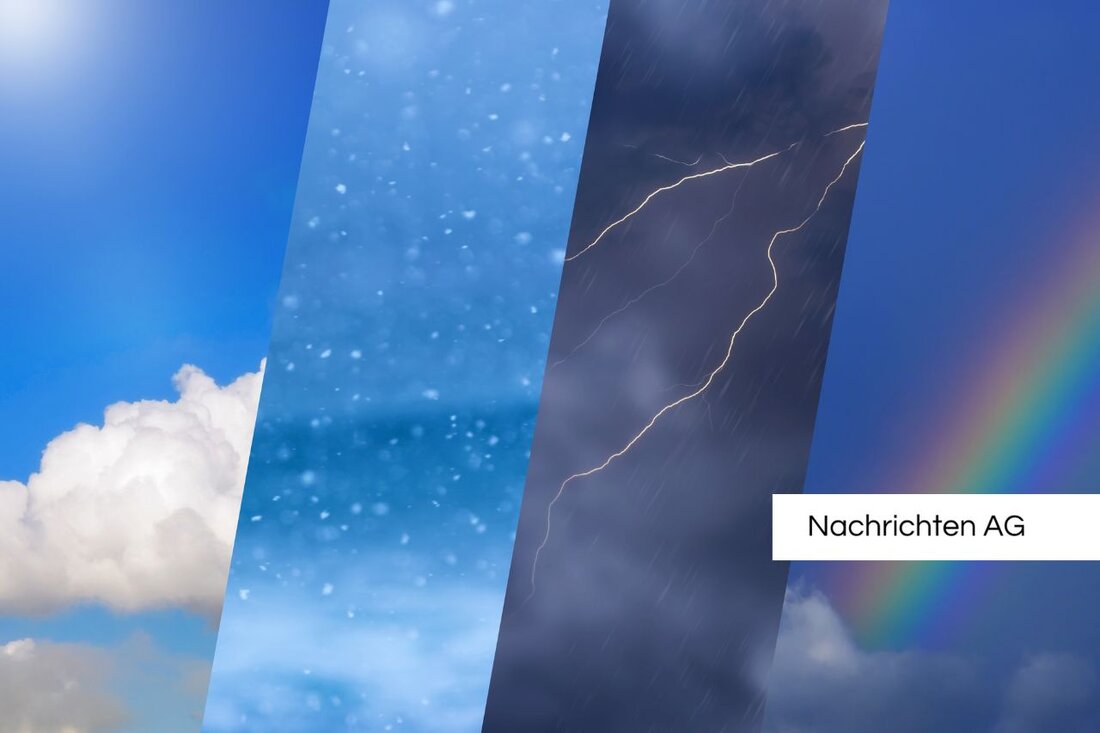Haynut hell: Austria expects catastrophic pollen pollution!
Haynut hell: Austria expects catastrophic pollen pollution!
Österreich - Austria is facing an intensive grass pollen season, which is expected to last from early May to August. The first relevant concentrations of the grass pollen were measured between the end of April and early May 2023. A first load summit appeared in mid -May, followed by temporary relief from weather conditions. In sunny and dry weather, the forecast provides for a leaking increase in pollen loads, which could significantly tighten the situation for hundreds of thousands of allergy sufferers in the country.
grass pollen are among the most common allergy causes worldwide. In Austria, several hundred thousand people suffer from it every year. Freshly cut grass is sometimes also a trigger for allergic reactions, especially in skin contact. Fortunately, the tree pollen season has already ended, so that allergy sufferers can breathe a sigh of relief. But ENT doctor Markus Berger recommends that symptoms to be clarified and treated early in order to prevent asthma and other serious illnesses.
therapy and prevention
Allergy sufferers are advised to take therapies during the pollen -free period, especially if they suffer from non -controllable symptoms. Allergen -specific immunotherapy (AIT) is considered the most effective method to combat both the symptoms and the causes of the allergy. In the AIT, small quantities of the allergen are administered over a longer period of time, be it in the form of tablets, drops or sprays. Information about the current pollen situation can call up allergy sufferers via the platform of the public transport (www.polleninformation.at).
The hay fever season has also started in Germany. This is where around 15% of the population suffer from hay fever, whereby the allergic reactions are triggered primarily by pollen of Ruchgrass and meadow lieschgrass. A single rye neck can produce up to seven million pollen grains, while grasses emit an average of around four million pollen per plant. The increasing pollen loads are partially attributed to climate change, which extends the flowering times and influenced the pollen season.
climate change and its effects
climate change not only affects the weather, but also on the allergy situation in Germany and Europe. Frequent extreme weather events, rising average temperatures and longer summer can be observed. These changes mean that the flowering times of the plants start earlier and last longer, which significantly extends the pollen season. In addition, new, non-domestic plant species, such as the North America, can introduce additional allergens.
In addition to classic hay fever therapy, it is important to prevent respiratory diseases. Acute treatment options include antihistamines and special nasal sprays, while long -term healing methods such as hyposensitization offer promising healing opportunities. Ideally, this therapy should be started in the low of the pollen.
Ultimately,allergies are the result of a hypersensitivity reaction of the immune system on harmless substances such as grass pollen. These reactions can vary, whereby the sensitization of a few days can take up to several years. When contacting again, antibodies are formed by the immune system that trigger the typical symptoms of hay fever.
In view of these challenges, it is crucial for allergy sufferers to recognize their symptoms at an early stage and to take suitable measures to relieve the symptoms in order to ensure a better quality of life. The following links are available for further information: Kleine Zeitung , Tagesschau and healthy.bund.de .| Details | |
|---|---|
| Ort | Österreich |
| Quellen | |


Kommentare (0)